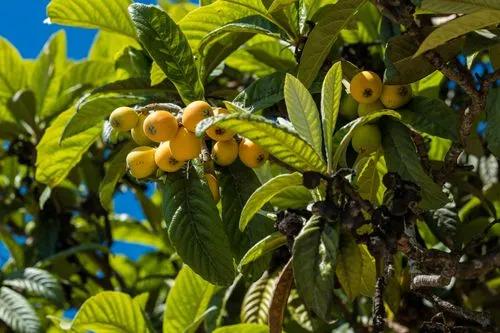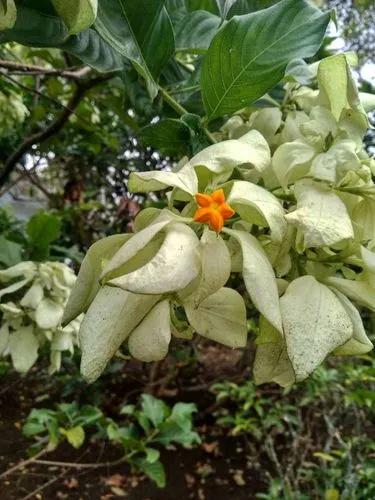Aurea Nana is dwarf with yellow-green leaves that fade to bronze in the winter. In general, Thuja orientalis is a dense, compact large shrub or small tree. In youth it tends to be columnar, in age assumes a looser and more open proportion. Foliage is yellow-green to bright green, darkens when older. Flowers are inconspicuous, cones are small, round, bluish colored when young. Useful in the southeastern and southwestern U.S. Prefers dry winters, shelter from wind, can not tolerate excessively wet soil. Subject to Bagworm and spider mites, as well as other pests. Can be used as a specimen or hedge. Native to Korea, China.
Biota Care
Thuja Orientalis



How to Care for the Plant

Water

It prefers dry or moist soil and can tolerate drought. It can tolerate atmospheric pollution.

Pruning

It doesn’t require pruning as it naturally grows in columnar shape. Although if you are growing this for hedge prune regularly to maintain shape. It can tolerate excessive pruning without any problem.

Fertilizer

t needs regular fertilization to grow fast. Feed it with balanced liquid fertilizer in the beginning of growing season to kick start the growth.

Sunlight

It can grow in semi-shade (light woodland) or no shade.

Soil

Suitable for: light (sandy), medium (loamy) and heavy (clay) soils and prefers well-drained soil. Suitable pH: acid, neutral and basic (alkaline) soils and can grow in very alkaline soils.

Temperature

Lowest Temperature:-10° to 0°F (-29° to -23°C)

Additional

The leaves are toxic if eaten. The plant can also cause skin allergies in sensitive people

Popularity

14 people already have this plant 2 people have added this plant to their wishlists
Discover more plants with the list below
Popular articles






